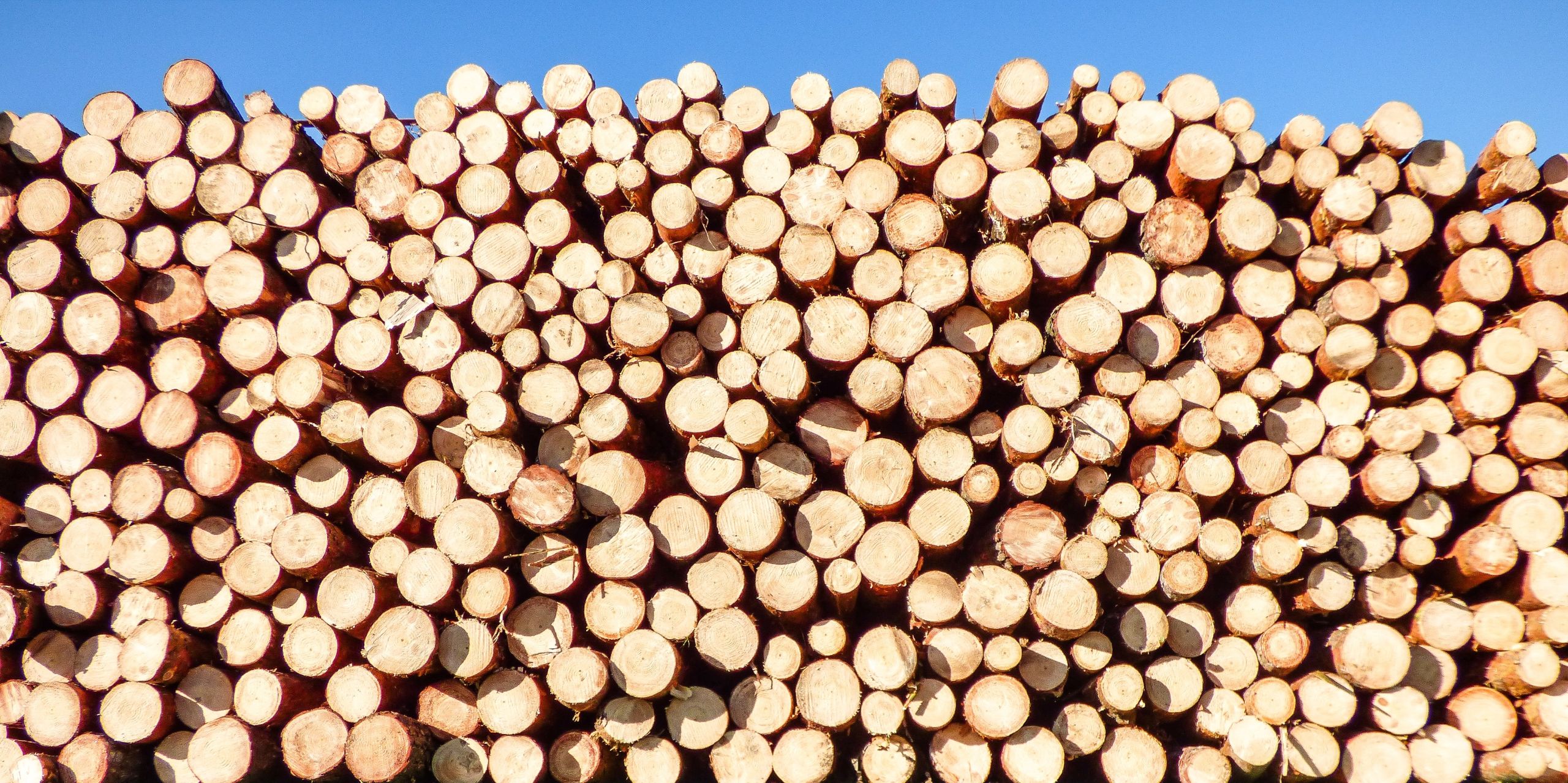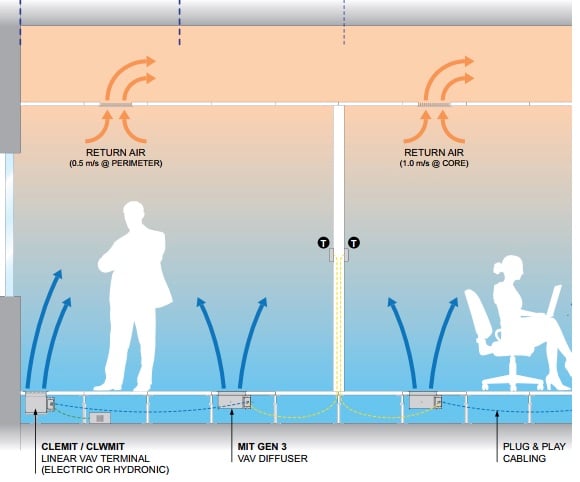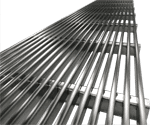Back to Building Basics: Mass Timber Construction
Mass timber construction is a sustainable building technique that uses mass timber products such as cross-laminated timber (CLT) to build large...
Floor, wall and ceiling mounted to meet your unique project design.
According to a recent report from the United Nations, the global population could rise up to 9.7 billion people by 2050, requiring the combined resources of over three Earths combined.
This means that sustainability is more important than ever. Thankfully, sustainability can be achieved by looking into mass timber construction.
Making a case for mass timber buildings isn’t difficult; wood is a renewable resource, while concrete, steel, and other manufactured items are not.
Refining metal has an apparent environmental footprint that can’t be ignored, and while wood isn’t emissions-free, timber is naturally designed to trap carbon.
Once the decision to pursue mass timber construction is made, what’s next? Well, it’s important to build circulation systems within mass timber structures.
So, what is mass timber construction? Simply put, it’s building structures based on a mass application of wood panels bonded together for reinforced strength and structural integrity.
Mass timber architecture is slowly growing in adoption; wood structural integrity is a hotly debated topic.
This makes sense: concrete and steel have been the primary building materials for a long time, with mass timber design still gaining traction.
Building codes are concerned with structural integrity, something addressed heavily with current heavy timber processes as well as within concrete and steel.
The 2021 international building code, like so many other building regulatory frameworks, is focused on ensuring that buildings are as safe as possible.
This isn’t just safety in the short term, but long-term structural stability.
One of the reasons mass timber buildings have been slow to take off is conflicting policies. While innovations in the field occur all the time, building codes don’t keep up with technology.
Mass timber projects have to show that they are just as safe as they would be if made from more conventional materials. The load-bearing capabilities have to be equivalent as well.
How is this challenge met?
It’s all about the timber construction materials, namely, nail laminated timber (NLT) and cross-laminated timber (CLT). When used jointly in projects, NLT and CLT work together to produce safe buildings that can pass fire tests.
Building codes change, though usually not at the rate that developers are looking for. Clarity around mass timber buildings is necessary.
The update to the IBC is great news for mass timber projects, as mass timber buildings can go up to 18 stories.
Sure, that doesn't allow for huge skyscrapers, but it does give rise to interesting projects.
As mentioned before, multifamily housing truly is one of the most pressing needs across North America.
The focus on building safety, building integrity, and fulfilling the demand for new construction can be met through cross-laminated timber (CLT).
The strength of this material comes from how the wood is laid out: large laminations of lumber laid perpendicular to each other.
This natural material gets help through the modern application of heat-resistant adhesives and even a little concrete.
The blending of materials with timber being the star is what makes the project mass timber; there is still room for supporting materials to be used in the construction process.
One of the most promising applications for mass timber structures is multifamily. The need for multifamily is felt across the United States and all of North America.
The modern high rise isn’t a great fit in every area, which is why a tall wood building holds much more promise than meets the eye.
But what about the HVAC systems? As you might imagine, there are some challenges with implementing a quality HVAC system that can take care of the heating and cooling needs of the building.
The goal is to always aim for consistency, silence, and durability.
Typically, when people think about air circulation, they’re thinking about the traditional way: down from the ceiling through a maze of vents.
While this method is traditional, it isn’t the best way to go for multiple reasons:
The traditional way just isn’t the best way, for all of the reasons above. In addition, as these systems age (and all systems age), these problems become more and more pronounced.
Maintaining a traditional ceiling-mounted system takes time and resources that are better spent elsewhere.
Many great concepts could truly gain serious momentum if converted to a mass timber design.
Unfortunately, it can be difficult to even imagine a timber building when it’s so commonplace to think in terms of brick, concrete, and steel.
Sometimes what needs to happen is a full reworking of the concept or just a push to embrace making mass timber manufacturers the star of the show.
With so much money riding on the success of a new project, it can be hard to embrace emerging methodologies.
The best advice? Tall mass timber concepts are possible, and they can change the way that we think about buildings in general.
Can you imagine an apartment building with wood as the star of the show?
While the exterior of the building will gain most of the attention, the truth is that the underlying systems are the real heroes of the day.
AirFixture helps companies of all sizes navigate HVAC system decisions, especially when underfloor air distribution is concerned.
Looking for the best system implementation? Let us help; we love answering questions just like these.

Mass timber construction is a sustainable building technique that uses mass timber products such as cross-laminated timber (CLT) to build large...

Debunking 5 Myths About UFAD: Underfloor Air Distribution Underfloor air distribution can be a great option for any business or home. Its...

There has been a dramatic rise in the use of underfloor air distribution (UFAD) systems over the past few decades. With benefits including improved...